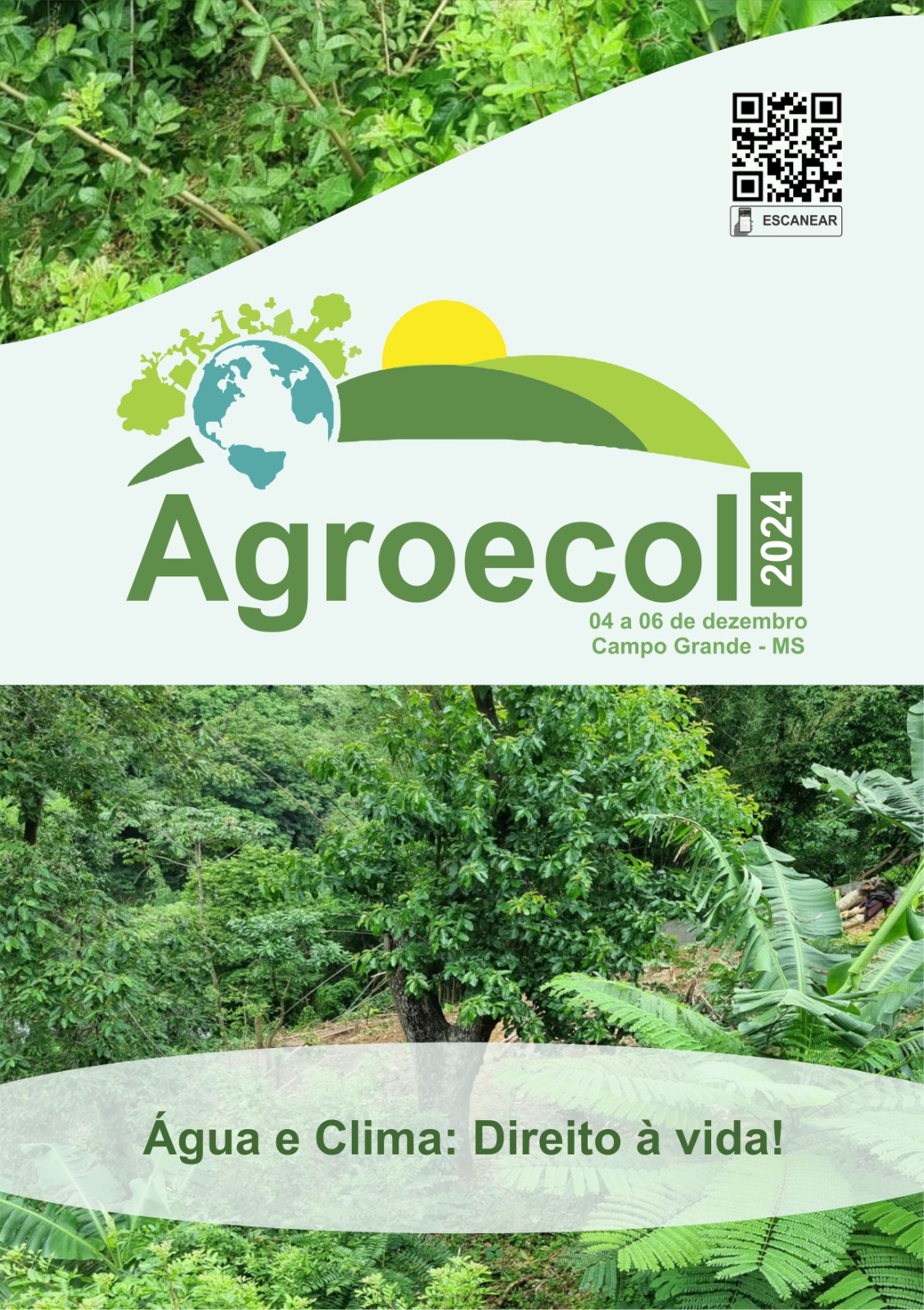Biomass Availability and Characterization of Caatinga under Agroecological Management
Keywords:
agroecology, biome, phytomass, pastureAbstract
The Caatinga occupies about 11% of the national territory, covering the states of the Northeast and including Minas Gerais. Native pastures are of great importance for world livestock, especially for the production of small ruminants in the Brazilian Northeast and still with little information on phytomass production. The objective of this work was to study the floristic composition, frequency and fluctuation of dry matter of the main species of the Caatinga strata under agroecological management as a function of rainfall. The research was carried out from October 2014 to April 2015, at the Estação Experimental de Terras Secas, belonging to the Empresa de Pesquisa Agropecuária do Rio Grande do Norte. In the municipality of Pedro Avelino/RN, in an area of 10 hectares of Caatinga. 100 points were marked to evaluate the frequency, floristic composition and availability of biomass production in the strata. Two peaks of variation in phytomass availability were observed, the first being.
Downloads
Published
Issue
Section
License
Copyright (c) 2024 João Paulo Guimarães Soares, Luã de Souza Veiga, Liz Carolina da Silva Assis, Laura Priscila Araújo Amaro Maciel, Michel Maciel

This work is licensed under a Creative Commons Attribution-ShareAlike 4.0 International License.


